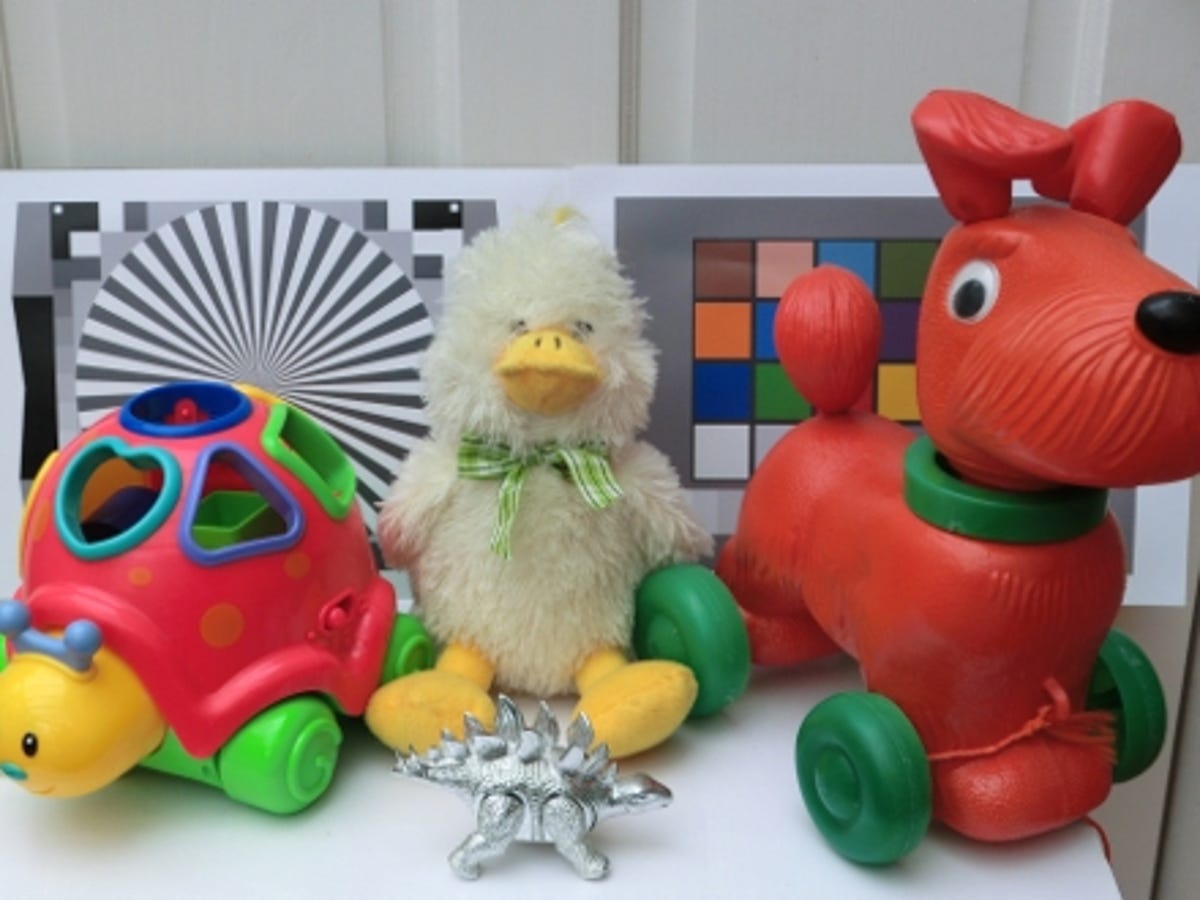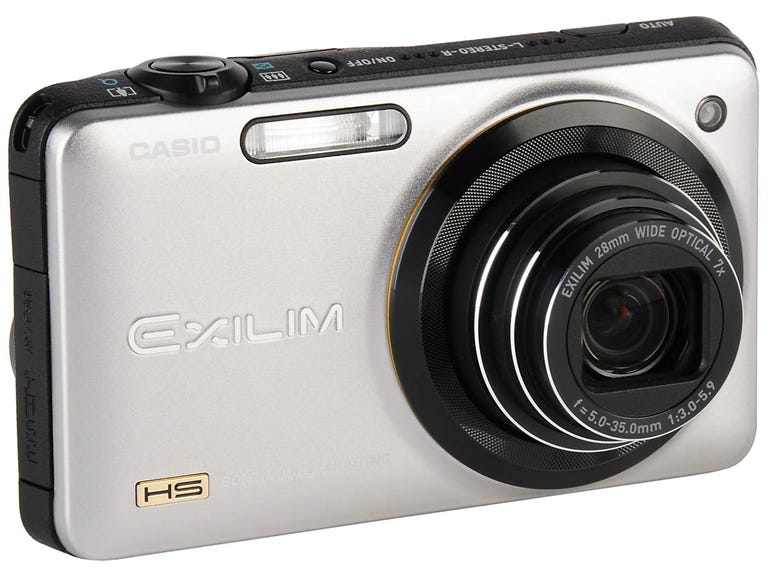 Why You Can Trust CNET
Why You Can Trust CNET Casio Exilim EX-ZR10 review: Casio Exilim EX-ZR10
The Casio Exilim EX-ZR10 compact camera is expensive but well-endowed in the features department. It will probably appeal to users who want to do more than just point and shoot.
The 12.1-megapixel Casio Exilim EX-ZR10 comes in at around £250. These days, it's possible to pick up a higher-resolution camera for much less, but it isn't always about the pixels. The ZR10 has a longer-than-average zoom and offers a number of eye-catching features, including fast continuous-shooting modes and 1080p high-definition video capture. Could it be the compact camera that serious photography enthusiasts have been waiting for?
The Good
The Bad
The Bottom Line
Not so grand design
The ZR10 has a relatively non-descript design, and is available in three colours -- black, silver and pink. The build quality is fair. We wouldn't say it feels like a prestige product, but it certainly doesn't feel poorly or cheaply constructed. For a non-touchscreen camera, buttons are kept to a bare minimum. A large, 3-inch, glossy TFT display takes up most of the rear of the body.

USB and mini-HDMI sockets can be found hiding under a plastic flap on one side of the unit, and a spring-loaded trapdoor allows access to the battery bay and SDXC-compatible memory-card slot underneath the device. On the top of the unit is a stereo microphone that's better than most at capturing sound when filming video.
A versatile lens is mounted on the front. At the wide end, you get the equivalent of around 28mm focal length, which is useful for group shots. In addition, a decent 7x optical zoom gives the ZR10 slightly more reach than most rivals.
Inside, a 1/2.3-inch, back-illuminated CMOS chip does all the image-sensing business. As well as 12.1-megapixel snaps, it can deliver 1080p high-definition video at 30 frames per second. The camera's image is stabilised using a CMOS-shift technique, which generally seems to be quite effective, even at full zoom.
Quick on the draw
Quick and easy to use, the ZR10 is ready to go within around 2 seconds of pressing the power button. Two main shooting modes are available -- auto and premium auto. The standard auto mode is marginally faster, while the premium auto mode offers slightly better image quality and automatically determines and compensates for an increased number of environmental variables. In practice, we found the difference to be fairly negligible so, if speed is a priority, stick with the straightforward auto mode and you'll be fine.
As with most compacts, manual controls are available but aren't particularly practical, given that there are no dedicated buttons or dials. The menus are, however, very easy to navigate and there are plenty of settings to play with if you're keen to experiment. For example, the camera's top-mounted 'HS' button gives you direct access to a number of interesting shooting modes.
Chief among these are the high-speed continuous-shooting options. The ZR10 is capable of snapping a series of shots at rates of up to 40 fps. Resolution takes a small hit in order to achieve this, dropping to 10 megapixels. You can select the number of shots in your burst too.
High frame rates aren't just for still images, either. The video mode also has a selection of high-speed settings, right up to a ludicrously fast 480fps if you're happy to drop the definition to way below HD (224x160 pixels). This is useful for creating smooth slow-motion shots.
Also available via the HS menu are high-dynamic-range modes, a panorama function and a 'multi-frame SR zoom' feature that combines multiple shots for a 'virtual' zoom of up to 14x.
In general, the picture quality is pretty good. Switch off all the clever processing features, and colours still look strong when shooting in natural light, although sometimes flesh tones can look rather too pinkish. Detail is good, edges are sharp and you have to crop in a fair amount to notice any fringing. There's some barrel distortion at the wide end of the focal length, but that's perhaps to be expected.
The ZR10 copes fairly well with interiors too. The ISO range goes from 100 up to 3,200, although you'll have to put up with some noise even at lower settings.
Conclusion
The Casio Exilim EX-ZR10's price may put off people who are looking merely to point and shoot. But the ZR10 does offer some genuinely useful extras. Combine the camera's fast continuous-shooting modes, HD video capabilities and wide-angle 7x zoom lens, and it's clear why it's on the expensive side. Its solid performance also helps to justify the price tag, even if the camera is let down by a slightly pedestrian design.
Edited by Charles Kloet


